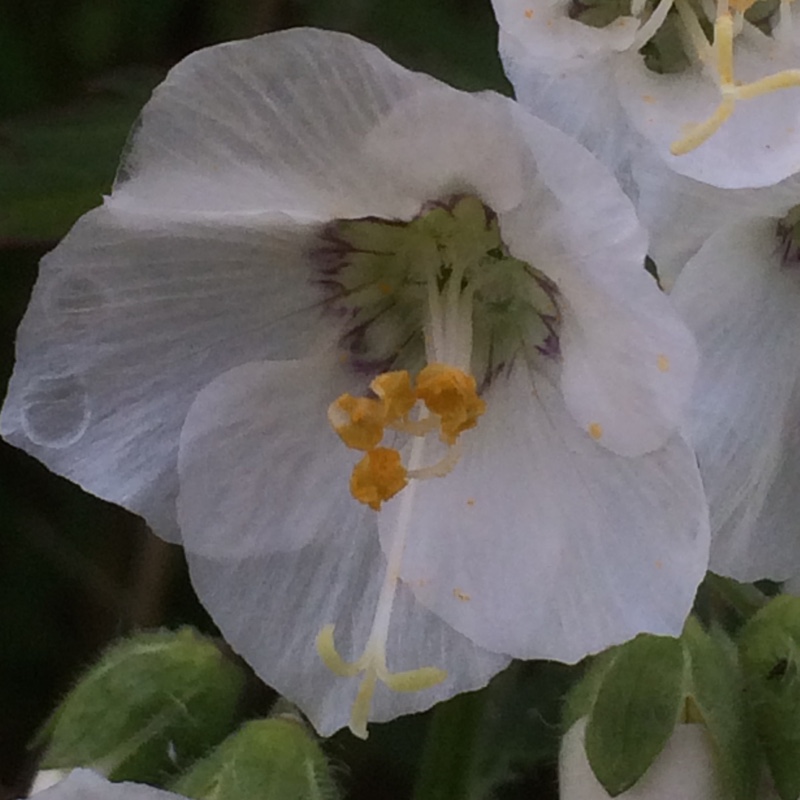
Polemonium caeruleum f. album
White Jacob's-ladder
Polemonium, or Jacob's-ladder, is native to cool temperate to arctic regions of the Northern Hemisphere. It has lance-shaped leaves and lilac or white coloured flared cup-shaped flowers in Spring and Summer. The flowers of Polemonium caeruleum f. album are white
Contributed by @tiggrx
-
Partial shade
-
Occasional watering
-
Frost Hardy: 23F (-5°C)
-
Moist and free draining
Common name
White Jacob's-ladder
Latin name
Polemonium caeruleum f. album
type
Herbaceous Perennials
family
Polemoniaceae
ph
5.0 - 8.5 Acid - Neutral
Plant & bloom calendar
-
Best time to plant
-
When the plant will bloom
full grown dimensions
 0.40 M
0.60 M
0.40 M
0.60 M
Polemonium caeruleum f. album
Polemonium, or Jacob's-ladder, is native to cool temperate to arctic regions of the Northern Hemisphere. It has lance-shaped leaves and lilac or white coloured flared cup-shaped flowers in Spring and Summer. The flowers of Polemonium caeruleum f. album are white
Planting out
From Mid Spring TO Late Spring
Plant container plants into a part shady or shady site.
Flowering
From Mid Spring TO Late Summer
The plant produces cup-shaped, lavender-coloured or white flowers through Spring and Summer.
Propagating by division
From Early Spring TO Mid Spring
Using a fork dig up plant, try to keep the root ball as complete as possible. Split the root ball at the center with a sharp knife or a spade. Replant the plants to the same depth as the original and keep well watered until established.












